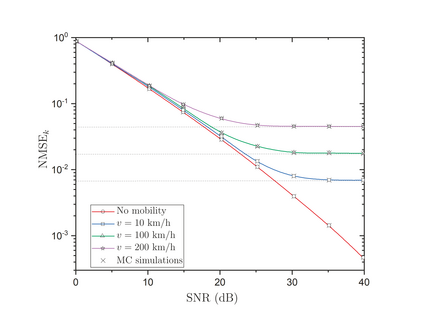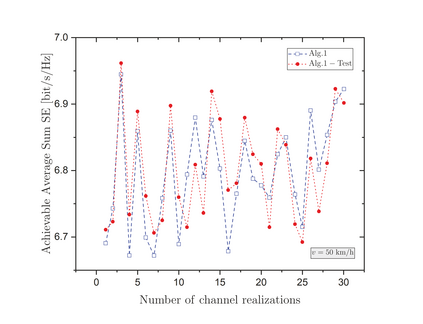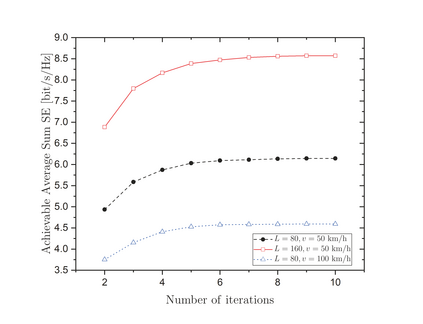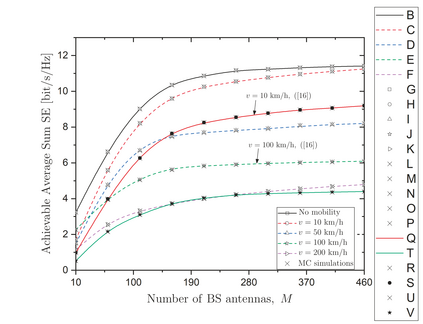The incorporation of reconfigurable intelligent surface (RIS) into massive multiple-input-multiple-output (mMIMO) systems can unleash the potential of next-generation networks by improving the performance of user equipments (UEs) in service dead zones. However, their requirement for accurate channel state information (CSI) is critical, and especially, applications with UE mobility that induce channel aging make challenging the achievement of adequate quality of service. Hence, in this work, we investigate the impact of channel aging on the performance of RIS-assisted mMIMO systems under both spatial correlation and imperfect CSI conditions. Specifically, by accounting for channel aging during both uplink training and downlink data transmission phases, we first perform minimum mean square error (MMSE) channel estimation to obtain the UE effective channels with low overhead similar to conventional systems without RIS. Next, we derive the downlink achievable sum spectral efficiency (SE) with regularized zero-forcing (RZF) precoding in closed-form being dependent only on large-scale statistics by using the deterministic equivalent (DE) analysis. Subsequently, we present the attractive optimization of the achievable sum SE with respect to the phase shifts and the total transmit power that can be performed every several coherence intervals due to the slow variation of the large-scale statistics. Numerical results validate the analytical expressions and demonstrate the performance while allowing the extraction of insightful design conclusions for common scenarios including UE mobility. In particular, channel aging degrades the performance but its impact can be controlled by choosing appropriately the frame duration or by increasing the number of RIS elements.
翻译:将可重新整合的智能表面(RIS)纳入大规模多投入-多输出(MSIMO)系统,可以提高服务性死区用户设备(UES)的性能,从而释放下一代网络的潜力;然而,这些系统对准确的频道状态信息(CSI)的要求至关重要,特别是应用UE流动导致频道日益老化,从而对达到适足服务质量构成挑战;因此,在这项工作中,我们调查在空间相关性和不完善的 CSI条件下,通过渠道对RIS协助的MMIIMO系统业绩的影响。具体来说,通过计算在上链接培训和下链接数据传输阶段的频道作用,我们首先进行最小的中值平差(MMSE)频道估计,以获得与常规系统相似的低管理性能有效渠道。 下一步,我们得出可实现的下行总光谱效率(SE)的下行点连接,通过使用确定性等值(DE)分析,只能对封闭式组合前数进行大规模统计,但取决于大规模统计。随后,我们通过对控制性流培训和下行数据传输结果的每个可实现的准确性变化,同时,通过SEEA级分析分析分析阶段的准确度,可以适当评估性调整。















